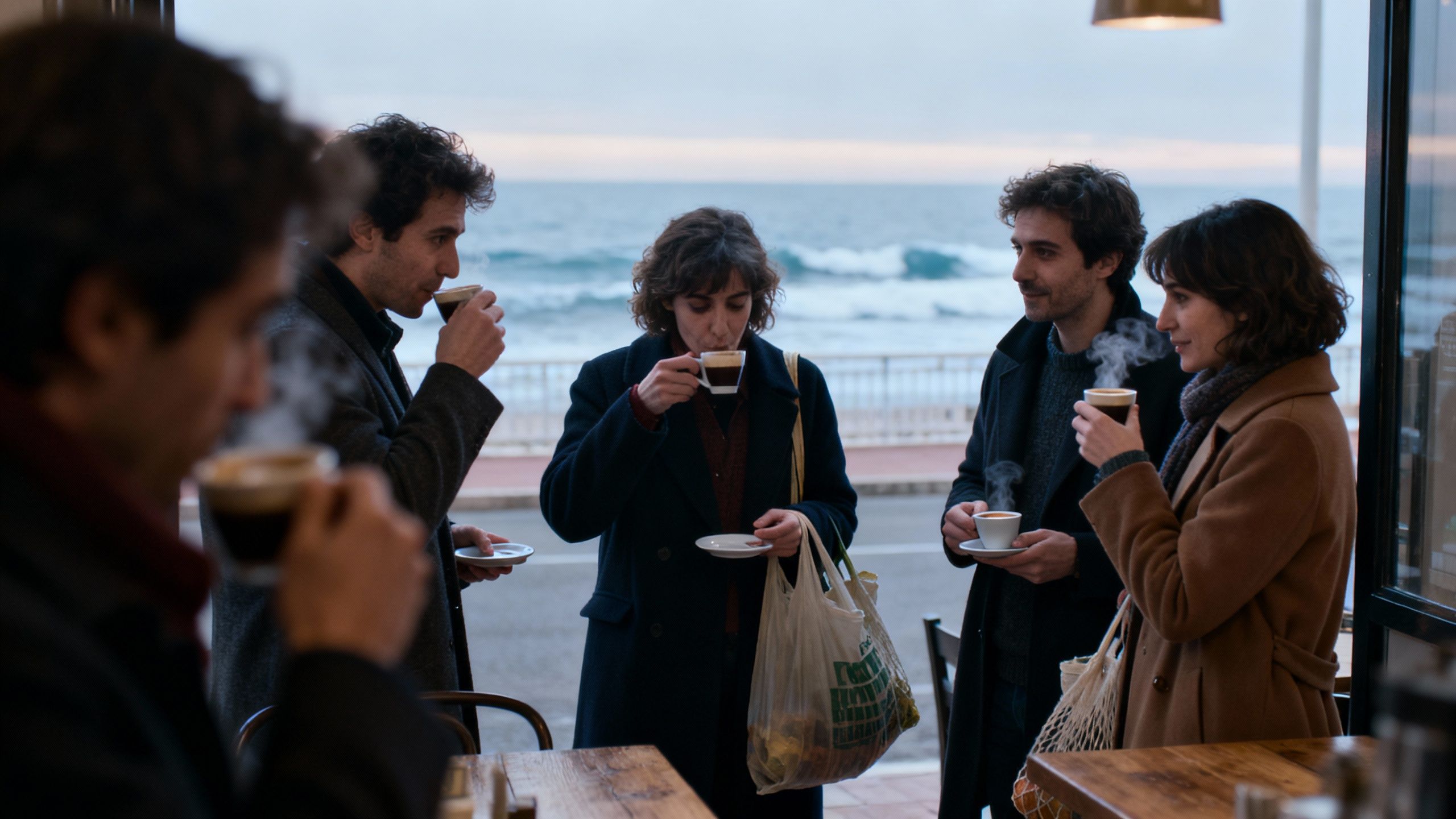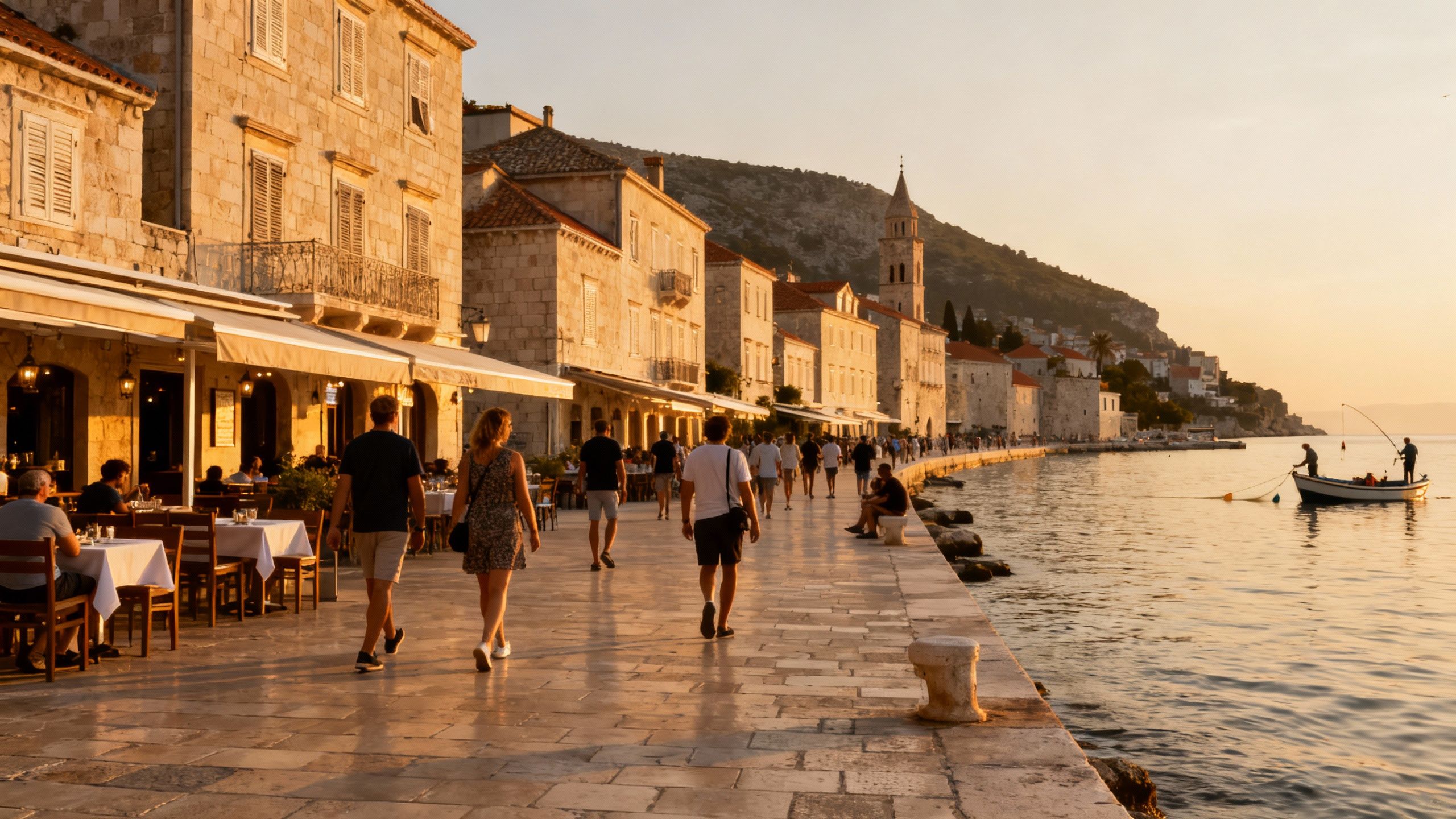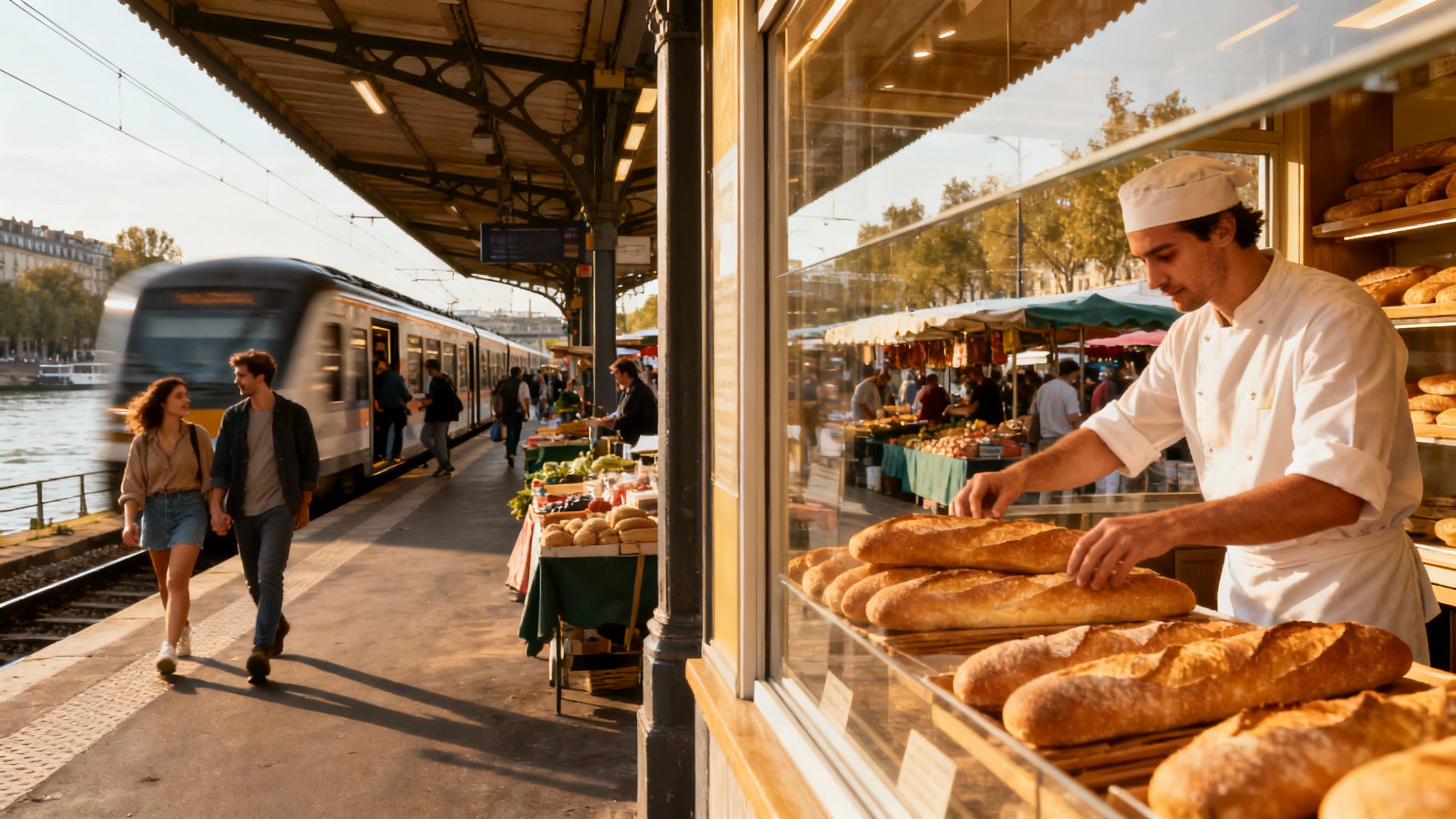Where the Riviera’s Price Tag Misleads — Small Neighbourhoods of Value
The Riviera’s headline prices hide neighbourhoods where daily seaside life remains affordable; detailed local data and shoulder‑season visits reveal practical opportunities.
Imagine sipping espresso on Cours Saleya at sunrise, then walking a few streets to a compact apartment whose sea view you can actually afford. France’s southern coast—Nice, Antibes, Hyères and pockets of the Var—isn’t a single price tag. It’s a mosaic. For many international buyers the story they know is "Riviera = unreachable". That’s a half-truth. In this piece we overturn the headline, show where real value still exists, and explain what to look for so lifestyle and long-term sense align.
Living the Riviera lifestyle — beyond postcards
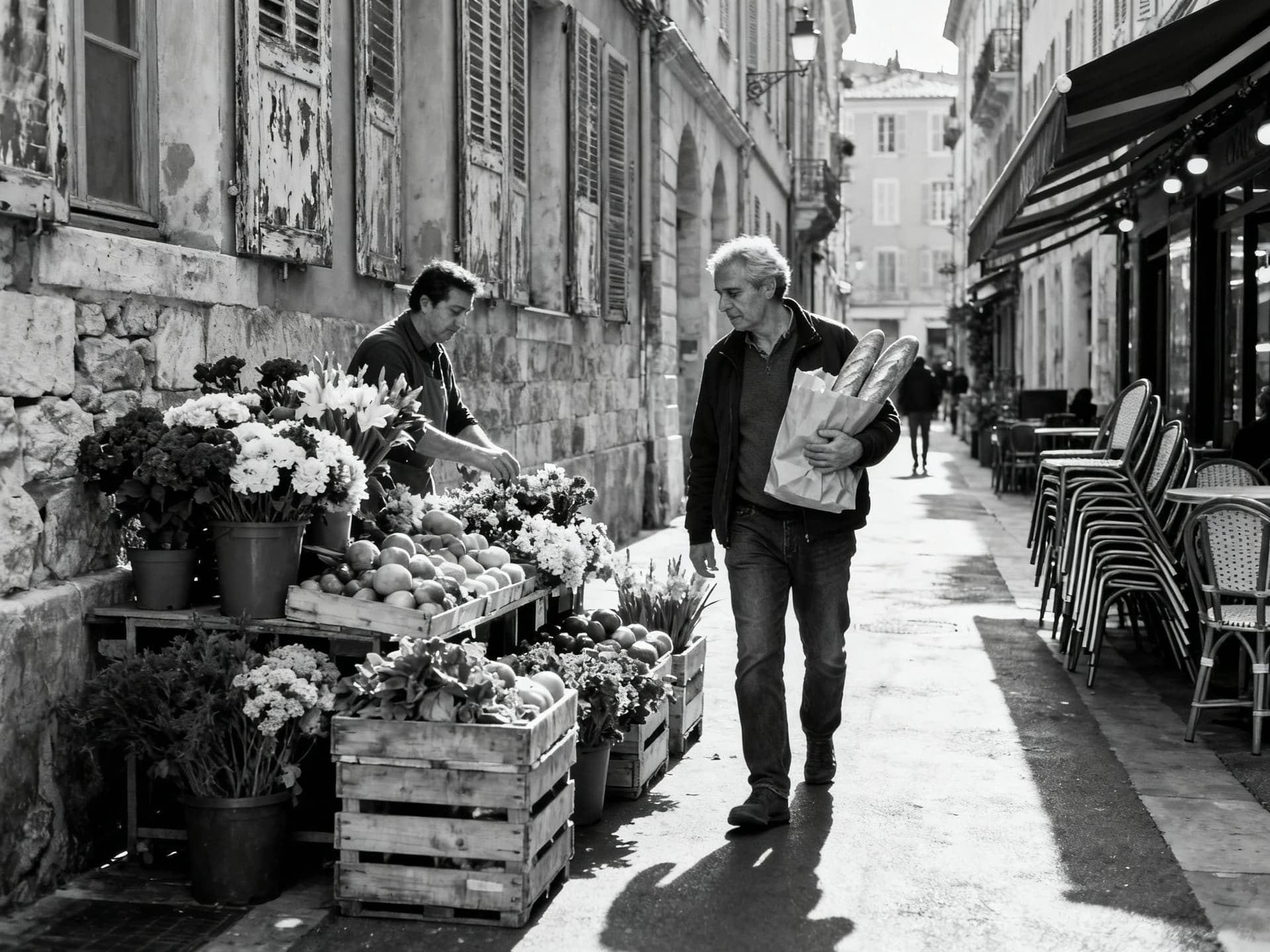
The Riviera’s myth is composed of yachts, red carpets and ultra‑prime cap d’Antibes villas. The lived truth is quieter: neighbourhood markets, boulangeries with 7:30 crowds, late‑afternoon pétanque in small squares and commuter flights from Nice. Savills notes persistent demand in prime pockets, but that doesn’t erase micro-markets where daily life is affordable and richly French. The trick is to look past famous zip codes to streets where locals actually live year‑round.
Spotlight: Nice — Old Town rhythm vs. hillside calm
Walkable, fragrant and noisy in the best way: Vieux‑Nice’s narrow lanes host daily markets (Cours Saleya), neighborhood cafés like Bar des Oiseaux and a community pace that rewards small apartments with unbeatable atmosphere. Head uphill toward Fabron and Saint‑Sylvestre and you find larger terraces, quieter streets and properties with more square metres for your budget. The lifestyle trade is clear: choose immersion in the old town or space and quiet up the hill.
Spotlight: Antibes & Vallauris — pockets of value
Antibes’ Old Town and Juan‑les‑Pins carry a Riviera cachet but surrounding districts—Vallauris and some parts of Biot—offer lower entry prices and authentic coastal life: morning markets, waterfront walks and small marinas. Savills highlights supply constraints in ultra‑prime zones; that pressure often pushes discerning buyers to nearby towns where lifestyle is similar and value is more realistic.
- Lifestyle highlights worth prioritising
- Cours Saleya market, Nice — daily produce, flowers and people‑watching
- Promenade des Anglais morning walk — seaside routine for residents
- Antibes marina and local beaches — community life off the ultra‑prime strip
Making the move: where lifestyle meets pragmatism
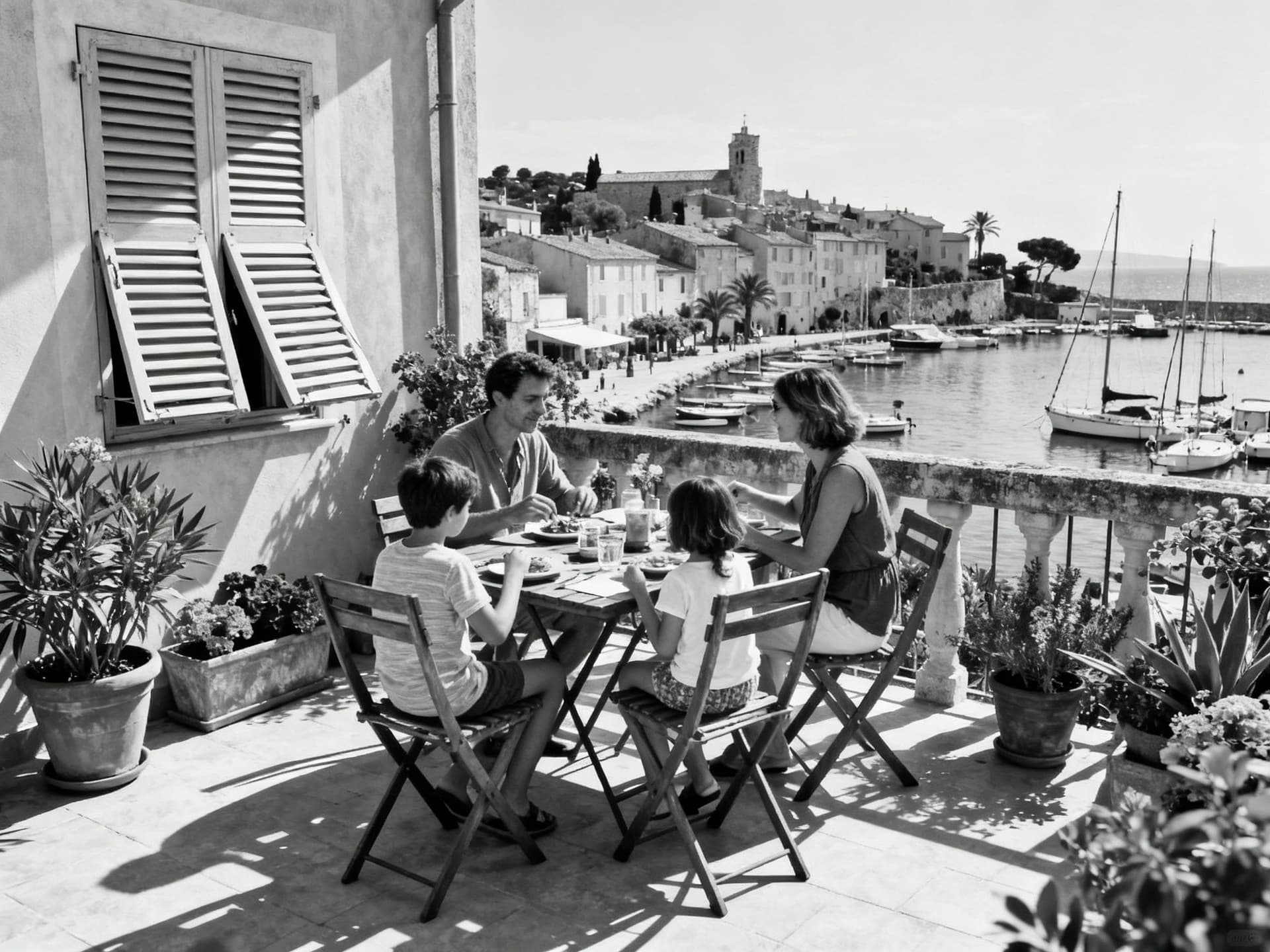
Headline statistics matter: national indices show stabilization in 2025 after a correction, and notaires data remain the reference for regional trends. But averages obscure pockets. Look at per‑neighbourhood transaction volumes, recent sold prices and days‑on‑market rather than national headlines. That tells you whether a promising street is genuinely affordable or a temporary listing anomaly.
Property styles that fit Riviera life
From compact Haussmann‑like apartments in Nice to mid‑century terraces in the Var, each style yields different everyday advantages. Small old‑town flats put you in the social fabric; terraces and garden houses deliver outdoor living year‑round. Factor in insulation and heating—Mediterranean winters are mild but damp—and consider energy performance certificates (DPE) when comparing running costs.
How local experts turn lifestyle briefs into realistic searches
A local agent who knows which streets refill with listings after tourist season, has a network of notaires and surveyors, and can read pre‑contract price signals is invaluable. They’ll identify overlooked blocks, off‑market sellers, and the precise trade‑offs between view, access and price. Treat the agent as a translator from "I want daily seaside life" to a shortlist of specific addresses.
- Practical steps to align lifestyle and purchase (numbered)
- Visit in shoulder season (October–November) to judge daily life and supply.
- Ask for three recent comparable sales on the same street from a notaire or agent.
- Prioritise energy performance (DPE) and communal charges when comparing apartments.
- Check local planning for 10 years (projects can change light, access and value).
Insider knowledge: what expats wish they'd known
Expat enthusiasm often masks small shocks: seasonal rhythms, closed Sundays, and an administrative tempo that rewards patience. Many buyers assume higher price equals better neighbourhood life; often the inverse is true. Streets with modest prices can offer richer daily routines—markets, bakeries, friendly bars—while trophy addresses can feel isolated outside high season.
Cultural integration: the small daily things that matter
Learning basic French opens doors beyond utility: it transforms a shopkeeper into an ally and a market into a social ritual. Join a local club—bowling, sailing, jardinage—or volunteer at a marché to meet people. These ties change where you want to live more than any view or headline price. Expect the best recommendations about tradespeople and small projects to come from neighbours, not portals.
Long‑term lifestyle: maintenance, community and seasons
Property ownership in France is long‑term by nature. Plan for maintenance (stone façades, shutters, terraces), account for communal charges in coastal co‑ops, and expect value to be driven by neighbourhood stability. Recent market signals show recovery in activity—buyers are back—so act with diligence, not haste.
- Red flags local buyers watch for
- Unusually low asking price with no recent comparable sales — request seller disclosure and pre‑contract history.
- Historic co‑ownership with unclear reserve funds — ask for the syndic’s accounts and planned works.
- Properties marketed for short‑term rental without recent permission — verify local municipal rules.
Conclusion: The Riviera’s price narrative simplifies a complex market. For international buyers who prize daily life—markets, neighbours, a reliable café—value exists where headline sellers don’t advertise it. Work with local agents who map lifestyle to streets, consult notaires for hard comparables, and test neighbourhoods personally in shoulder season. Do that, and you can live the Riviera without buying only its postcard.
British expat who relocated to Marbella in 2012. Specializes in rigorous due diligence and cross-border investment strategies for UK and international buyers.
